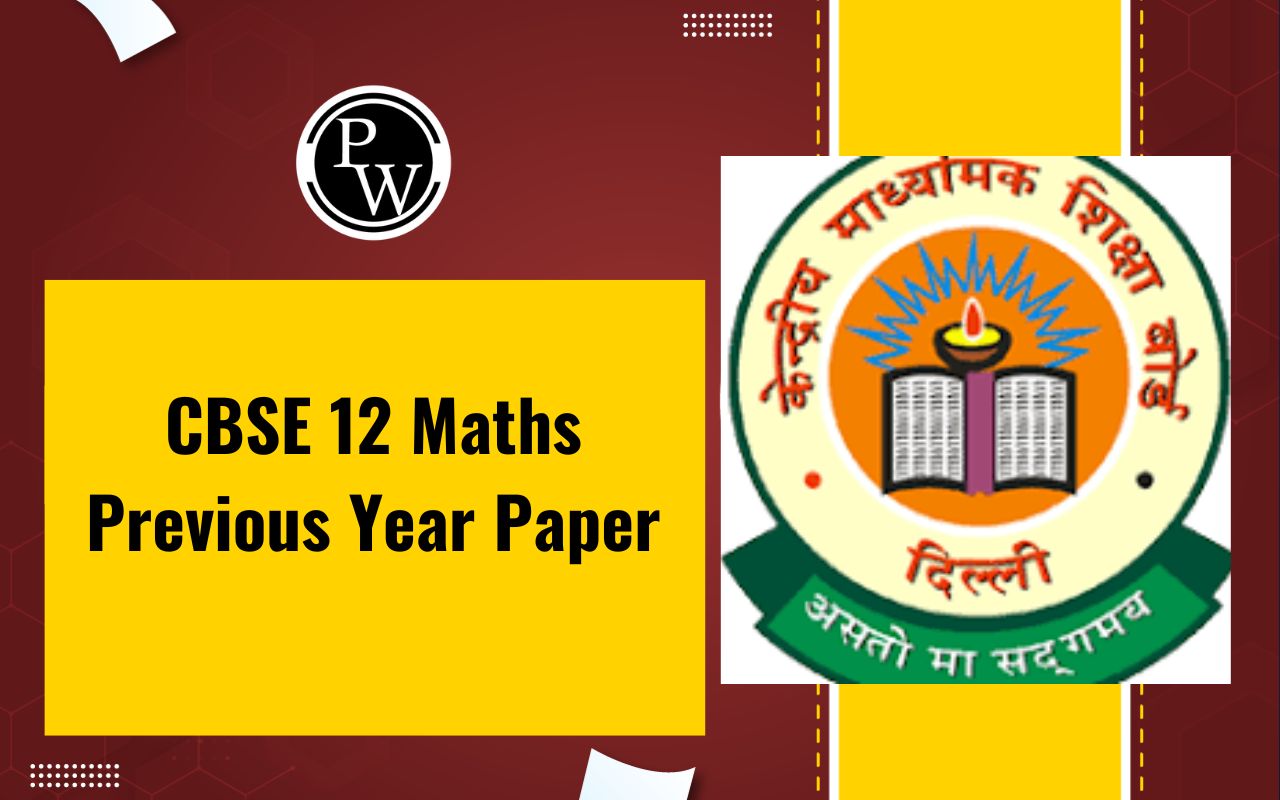
Mathematical Induction is a method employed to establish the validity of statements, and its essence can be illustrated through a straightforward example. Consider Garima visiting a garden that exclusively contains yellow flowers. She plucks a flower from this garden and takes it home. Now, if she happens to pick a rose, what color is it? The answer is rather straightforward – the color of the rose is yellow. How did we arrive at this conclusion? We applied logical reasoning to deduce the color of the rose, based on the fact that every flower in the garden is yellow.
Just as in the previous analysis, mathematical thinking can be applied to reach conclusions in mathematics. Let's consider a mathematical example:
All numbers positioned along the real number line are categorized as real numbers.
Any real number greater than zero is classified as a positive real number.
Specifically, 25 is a real number.
Based on the above statements, it can be confidently asserted that if the first two statements are indeed true, then the third statement, stating that 25 is a real number, unquestionably holds true. This demonstrates the power of logical reasoning and mathematical thinking in drawing conclusions within the realm of mathematics.
What is Mathematical Induction?
It is the practice of proving the validity of a statement, theorem, or formula that is believed to hold true for every natural number 'n'.
In mathematics, we often encounter statements that are expressed in terms of 'n'. To ascertain whether these statements are true for all natural numbers, we employ the principle of mathematical induction.
This principle of induction is akin to the concept of falling dominoes. Just as a row of dominos will sequentially topple if the first one is pushed, in mathematical induction, we demonstrate that if a statement is true for the initial value (n = 1) and then establish its truth for the 'kth' value, it can be inferred that the given statement holds true for all values of 'n'.
It's essential to note that a set of natural numbers 'N' represents the smallest subset of the real number set 'R' with the following property:
A set 'S' is considered inductive if it includes the number 1 and, whenever 'x' is an element of 'S', 'x + 1' is also an element of 'S'.
Now, since 'N' is a subset of the inductive set 'R', we can conclude that any subset of 'R' satisfying the inductive property must necessarily include 'N'.
As an example, consider the formula used to calculate the sum of positive natural numbers:
1 + 2 + 3 + ... + n = (n(n+1))/2
To verify the validity of such a formula, we apply mathematical induction. We begin by confirming its accuracy for the smallest possible value and then extend our validation to higher values. If the formula proves true for higher values, we accept its validity for all values of 'n'.
Also Check – Ratio and Proportion Formula
Mathematical Induction Steps
Step 1. Begin by assuming an initial value for 'n' for which the statement is believed to be true. In this step, our objective is to demonstrate that the statement indeed holds true for this initial value of 'n'.
Step 2. Next, assume that the statement is valid for any arbitrary value of 'n', denoted as 'k'. Subsequently, prove that the given statement remains true when 'n' is incremented to 'k + 1'.
Step 3. Finally, break down the case 'n = k + 1' into two parts. The first part corresponds to 'n = k', which has already been established as true in the second step. The second part involves proving the statement for the new value 'n = k + 1'.
In this procedure, verifying the statement for the initial value of 'n' is considered the base step of mathematical induction, while the subsequent steps collectively constitute the inductive step.
Also Check – Data Handling Formula
Principle of Mathematical Induction Solution and Proof
The Principle of Mathematical Induction is a powerful proof technique used to establish the truth of statements for all natural numbers. It consists of two steps:
Base Case: You first prove that the statement is true for some specific value of n. This is often the simplest case, typically when n equals the smallest natural number for which you want to prove the statement. In your example, you want to prove the sum of cubes formula for all natural numbers, so you would start by proving it for the base case, which is n = 1:
For n = 1, 13 = (1(1+1))/2 = 1, which is true.
Inductive Step: You then assume that the statement is true for an arbitrary natural number k (the induction hypothesis), and then you prove that it must also be true for the next natural number k+1. In your example, this means assuming that the sum of cubes formula holds for some k, which can be written as:
1 ³ + 2 ³ + 3 ³ + ... + k ³ = (k(k+1)/2).
Then, you use this assumption to prove that it must also be true for k+1:
1 ³ + 2 ³ + 3 ³ + ... + k ³ + (k+1) ³ = (k(k+1)/2) + (k+1) ³ .
You manipulate the equation to show that the right-hand side is equal to ((k+1)((k+1)+1)/2), which is the sum of cubes formula for k+1.
Therefore, if the statement is true for k, it must also be true for k+1.
By combining the base case and the inductive step, you can conclude that the statement is true for all natural numbers. This is the essence of mathematical induction, and it's a powerful tool for proving statements about natural numbers, including the sum of cubes formula you provided.
"Mathematical Induction is a method used to establish the validity of a statement, denoted as P(n), where 'n' represents a natural number. To determine the truth of P(n) for all natural numbers, we employ the following principle:
Step 1. Begin by verifying whether the given statement is true when 'n' is equal to 1.
Step 2. Assume that the statement P(n) holds true for an arbitrary positive integer 'k.'
Step 3. Next, demonstrate that the statement P(k+1) is also true, based on the assumption made in Step 2, for any positive integer 'k.'
If these conditions are met, it can be confidently concluded that the statement P(n) is true for all natural numbers.
In the context of this principle, Step 1 is an initial verification, Step 2 introduces an inductive hypothesis, and Step 3 is the inductive step that builds upon the hypothesis to prove the statement's validity for successive natural numbers. This process of mathematical induction serves as a rigorous method for establishing the truth of mathematical statements across all natural numbers."
Also Check – Sets Formula
Mathematical Induction Examples
Question 1:
Prove that the equation 1 + 2 + 3 + ... + n = [n(n+1)/2] holds true when n = 5.
Solution 1:
Given n = 5.
First, let's calculate the Left-Hand Side (LHS):
LHS = 1 + 2 + 3 + 4 + 5 = 15
Now, for the Right-Hand Side (RHS):
RHS = [5(5+1)]/2 = (5 x 6)/2 = 30/2 = 15
Since LHS equals RHS,
Hence, 1 + 2 + 3 + ... + n = [n(n+1)/2] is confirmed to be true when n = 5.
Question 2:
Demonstrate that 1 + 3 + ... + (2n-1) = n 2 is valid when n = 3.
Solution 2:
Given n = 3.
Calculate 2n - 1:
2n – 1 = (2 x 3) – 1 = 6 - 1 = 5
So, for the Left-Hand Side (LHS):
LHS = 1 + 3 + 5 = 9
For the Right-Hand Side (RHS):
RHS = 3 2 = 9
As LHS matches RHS,
Hence, 1 + 3 + ... + (2n-1) = n^2 is indeed true when n = 3.
Mathematical Induction Formula FAQs
Q1. What is the concept of mathematical induction?
Q2. Outline the two fundamental steps integral to the principles of mathematical induction.
Q3. Why is mathematical induction utilized?
Q4. Define weak and strong induction.
Q5. List three distinct types of mathematical induction.










